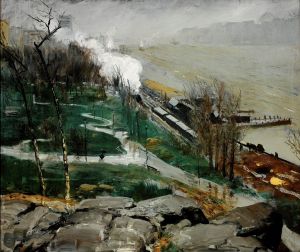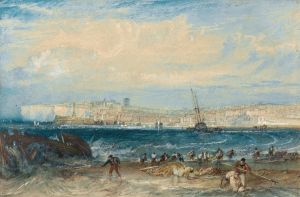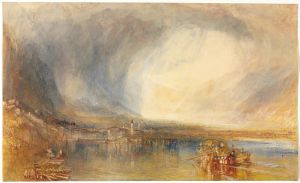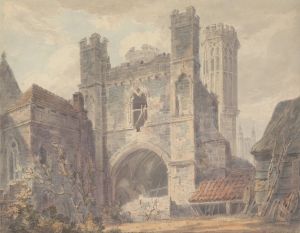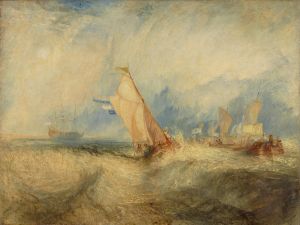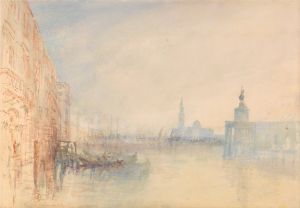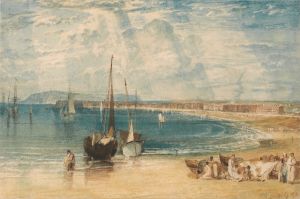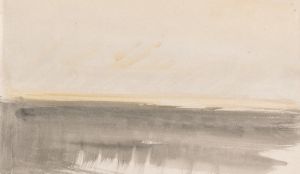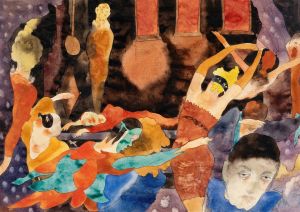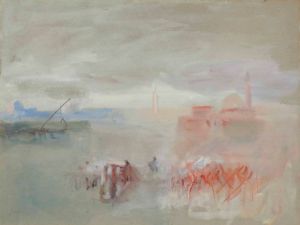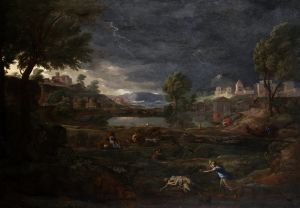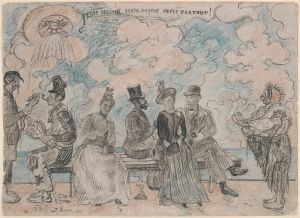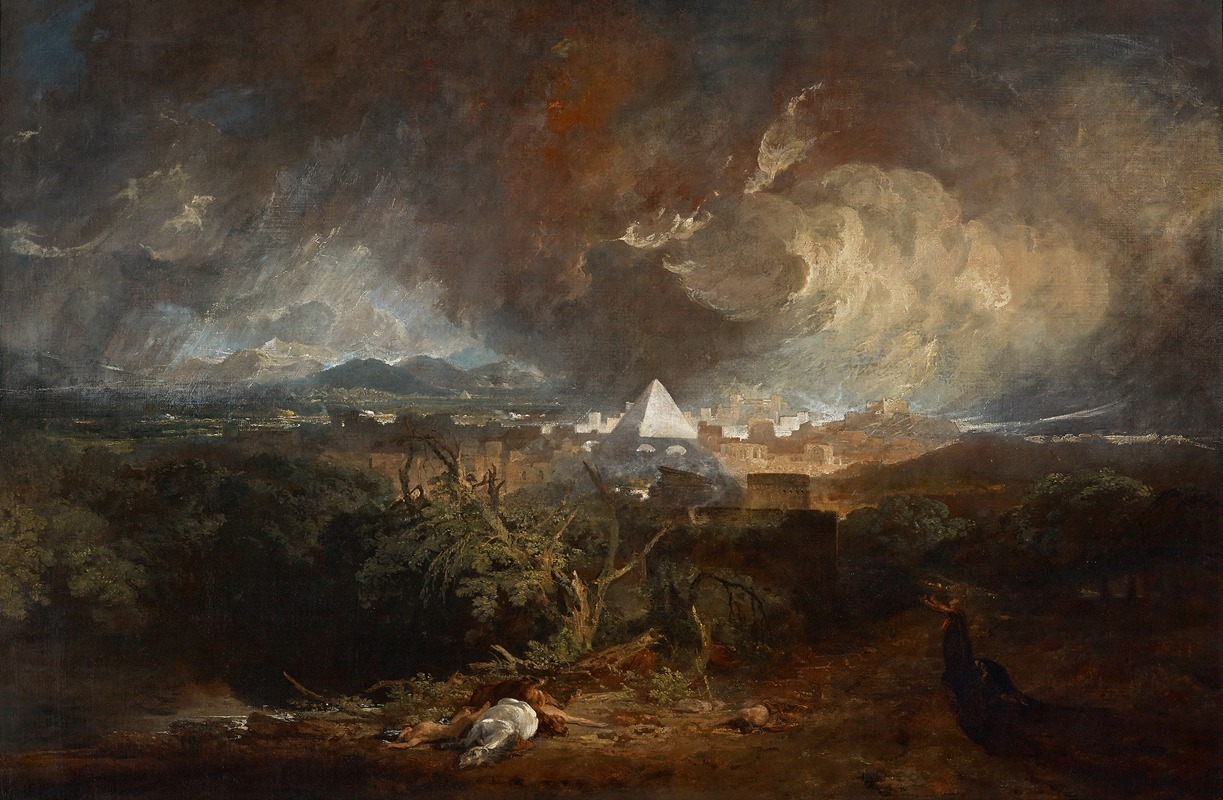
The Fifth Plague Of Egypt
A hand-painted replica of Joseph Mallord William Turner’s masterpiece The Fifth Plague Of Egypt, meticulously crafted by professional artists to capture the true essence of the original. Each piece is created with museum-quality canvas and rare mineral pigments, carefully painted by experienced artists with delicate brushstrokes and rich, layered colors to perfectly recreate the texture of the original artwork. Unlike machine-printed reproductions, this hand-painted version brings the painting to life, infused with the artist’s emotions and skill in every stroke. Whether for personal collection or home decoration, it instantly elevates the artistic atmosphere of any space.
Joseph Mallord William Turner, one of the most renowned British painters of the 19th century, created "The Fifth Plague of Egypt" in 1800. This painting is an early example of Turner's fascination with dramatic landscapes and historical themes, which would become a hallmark of his illustrious career. Turner was known for his innovative use of light and color, and this work is no exception, showcasing his burgeoning talent and unique style.
"The Fifth Plague of Egypt" depicts a scene from the biblical narrative of the Ten Plagues of Egypt, as described in the Book of Exodus. The fifth plague, specifically, involved a severe pestilence that struck the livestock of the Egyptians, sparing the animals of the Israelites. Turner's interpretation of this event is both dramatic and atmospheric, capturing the chaos and divine wrath associated with the biblical story.
In the painting, Turner employs a dynamic composition and a vivid palette to convey the intensity of the plague. The sky is tumultuous, filled with swirling clouds that suggest the presence of a divine force. The landscape is bathed in an eerie light, enhancing the sense of foreboding and destruction. Turner's use of light and shadow is particularly effective in creating a sense of depth and movement within the scene.
The painting reflects Turner's early interest in the sublime, a concept in art and philosophy that emphasizes the power and beauty of nature, often evoking feelings of awe and terror. This interest would continue to influence his work throughout his career, as he explored themes of nature's grandeur and its capacity for destruction.
"The Fifth Plague of Egypt" was exhibited at the Royal Academy in 1800, marking a significant moment in Turner's career. It was one of his first major works to be displayed at the prestigious institution, helping to establish his reputation as a leading artist of his time. The painting was well-received by critics and the public, who praised Turner's innovative approach and technical skill.
Today, "The Fifth Plague of Egypt" is part of the collection at the Indianapolis Museum of Art, where it continues to be admired for its dramatic portrayal of a biblical event and its early indication of Turner's artistic genius. The painting is an important example of Turner's early work, showcasing his ability to blend historical narrative with the emotional power of landscape painting.
Turner's legacy as a pioneer of Romanticism and a master of light and color is well-established, and "The Fifth Plague of Egypt" remains a testament to his skill and vision. The painting not only reflects Turner's technical prowess but also his ability to convey complex themes through the medium of paint, making it a significant piece in the history of British art.





